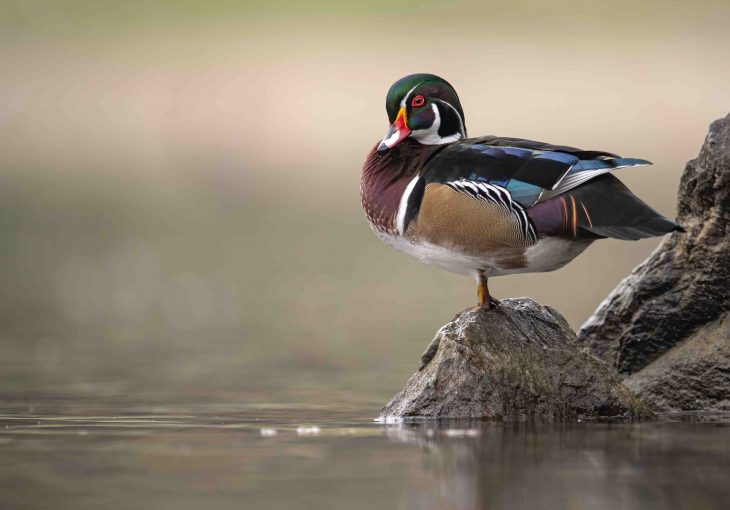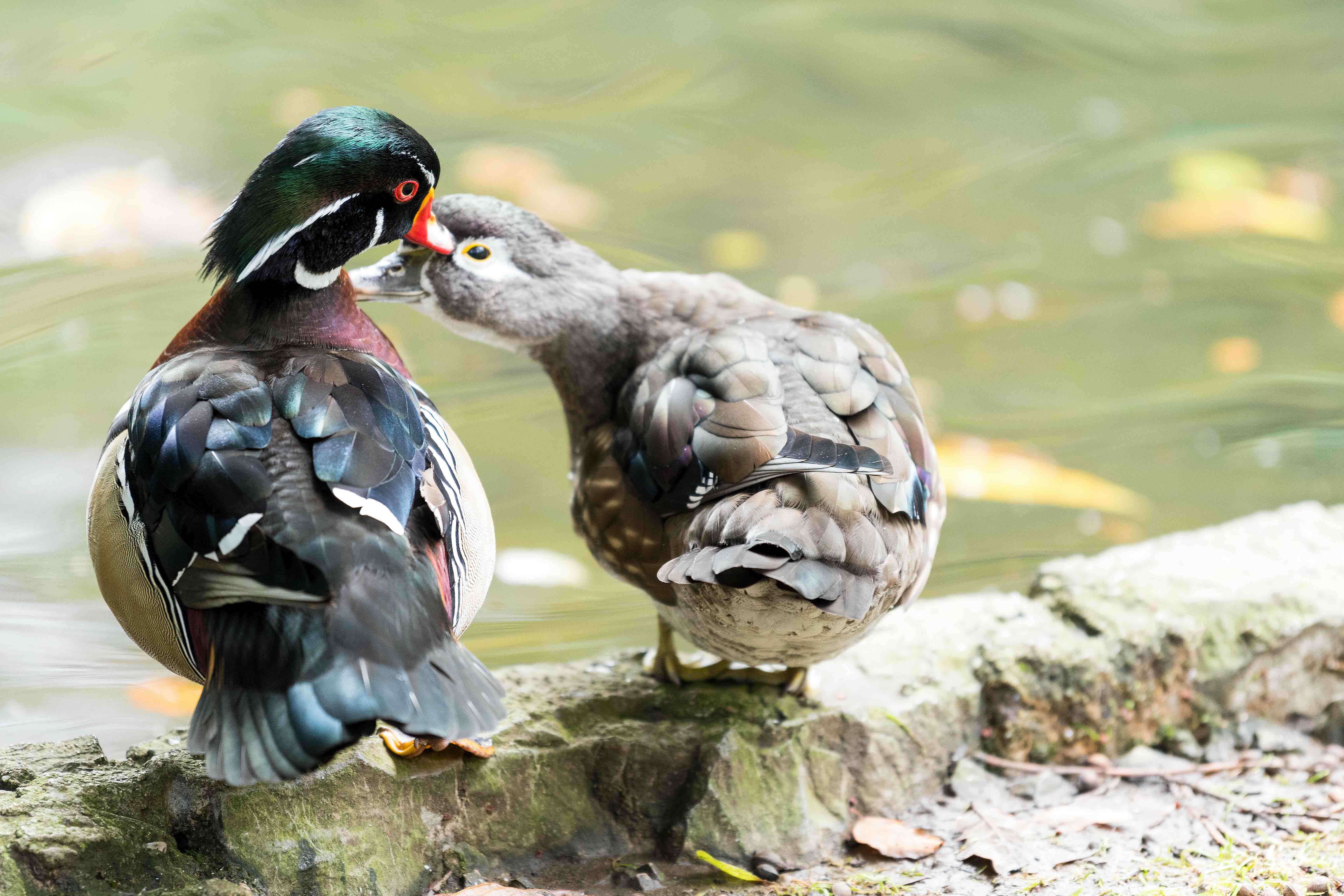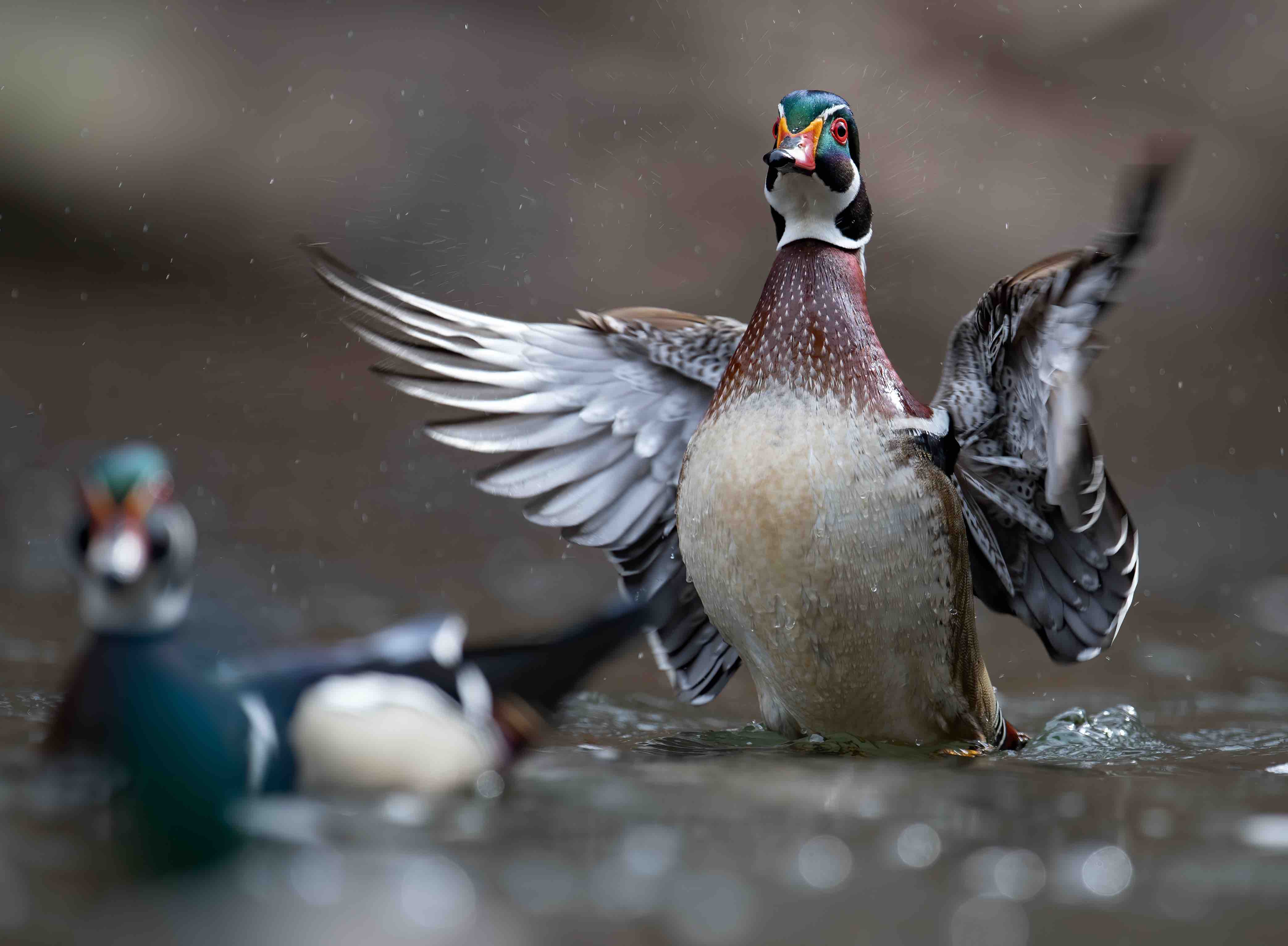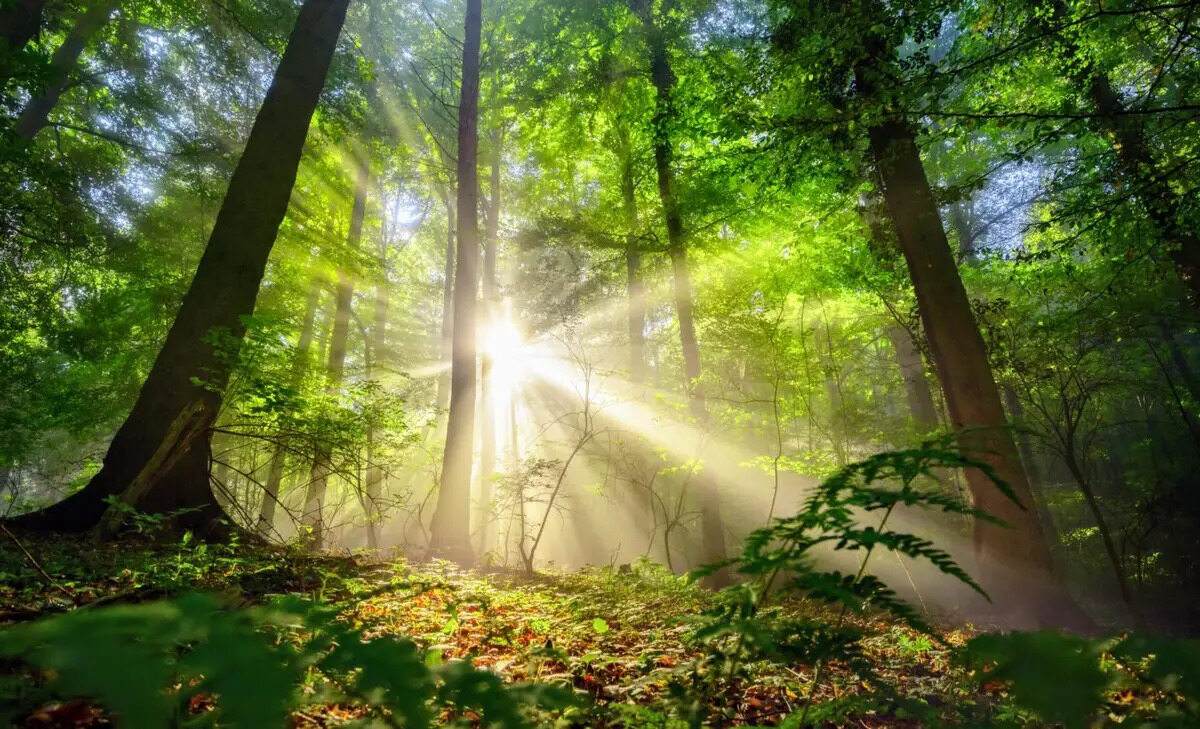
Wood ducks (Aix sponsa) are stunning and unique waterfowl known for their colorful plumage and fascinating behaviors. These small to medium-sized ducks are native to North America and are found in various wetland habitats such as swamps, marshes, and wooded ponds. In this article, we will explore 19 interesting facts about wood ducks, shedding light on their physical characteristics, habitat preferences, breeding habits, and more.
Unique Plumage
Wood ducks are renowned for their vibrant and intricate plumage. Males, also known as drakes, sport a stunning combination of colors including metallic purples, greens, and whites. Their most distinctive feature is the colorful crest on their head. In contrast, female wood ducks, called hens, exhibit more subtle shades of gray and brown.
Distinctive Eye Rings
One striking feature of wood ducks is the thin, bright rings of color around their eyes. These eye rings are typically red or white, adding to the overall allure of their appearance.
Varied Range
Wood ducks are found across a wide range in North America, stretching from southern Canada to the southern regions of the United States. During the breeding season, they are more abundant in the eastern parts of the continent.
Agile Tree Nesters
Unlike most ducks, wood ducks have a unique nesting behavior—they nest in tree cavities. This behavior sets them apart from other waterfowl and is one reason they are called “wood” ducks. They seek out suitable nesting sites in hollowed-out tree trunks, often in close proximity to water.
Challenging Hatching
Wood duck hens face a challenging task when it comes to hatching their eggs. After laying a clutch of about 10-15 eggs, the hen incubates them for approximately 30 days. Once the eggs hatch, the tiny ducklings make a daring leap from the nest cavity to the ground, sometimes falling several feet.

Nest Abandonment
In some cases, wood ducks may abandon their nests due to disturbances or predators. However, they are known to lay replacement clutches if their initial attempt is unsuccessful.
Precocial Ducklings
Wood duck ducklings are precocial, meaning they are relatively independent and mobile shortly after hatching. They quickly leave the nest and start foraging for food on their own, although the mother keeps a watchful eye and provides guidance.
Dietary Preferences
Wood ducks have a diverse diet that includes both plant and animal matter. They feed on seeds, nuts, berries, insects, crustaceans, and even small fish. Their feeding habits make them essential components of wetland ecosystems, as they help disperse seeds and control insect populations.
Migratory Patterns
Wood ducks exhibit migratory behavior, with populations in northern regions often moving south for the winter. However, some wood ducks are non-migratory and reside in regions with milder climates throughout the year.
Clutch Parasitism
Wood ducks are sometimes victims of clutch parasitism, where other bird species lay their eggs in wood duck nests. The wood duck hens unknowingly incubate and raise the parasitic eggs along with their own, providing unintentional care for the unrelated young.
Elaborate Courtship Displays
During the breeding season, male wood ducks engage in elaborate courtship displays to attract females. These displays involve head bobbing, wing flapping, and whistling calls, all performed with great enthusiasm.

Successful Reproduction
The implementation of nest box programs has significantly boosted wood duck reproduction rates. These artificial nest sites have proven highly successful, increasing the chances of successful hatching and duckling survival.
Monogamous Relationships
Once a pair bond forms between a male and female wood duck, they typically remain monogamous for the breeding season. However, it’s important to note that wood ducks commonly form new pairings each year.
Habitat Requirements
Wood ducks thrive in wetland habitats with a combination of trees and water. They are often found in forested wetlands, beaver ponds, and swamps. These habitats offer protection, nesting sites, and abundant food sources.
Population Recovery
In the early 20th century, wood duck populations faced significant declines due to habitat loss and overhunting. However, conservation efforts and the establishment of nest boxes have contributed to their remarkable recovery, making wood ducks a conservation success story.
Nest Box Initiatives
To support wood duck populations, many conservation organizations and individuals have installed nest boxes in suitable habitats. These nest boxes mimic natural tree cavities and provide safe and convenient nesting sites for wood ducks.
Adaptability to Urban Environments
Wood ducks have demonstrated remarkable adaptability to urban environments. They can be found in city parks, suburban areas, and even golf courses, provided suitable water bodies and nesting sites are available.

Federally Protected Species
Wood ducks are protected under the Migratory Bird Treaty Act of 1918, a federal law that prohibits the hunting, capturing, or harming of migratory birds. This legislation has played a crucial role in the conservation of wood ducks and other migratory bird species.
Cultural Significance
Wood ducks hold cultural significance for many indigenous communities in North America. They are admired for their beauty and are often featured in traditional art, including carvings, paintings, and crafts.
Final Thoughts
Wood ducks are captivating creatures, admired for their stunning colors, unique nesting behavior, and resilience in the face of habitat challenges. Their recovery from population declines stands as a testament to the power of conservation efforts. By creating suitable nesting habitats and preserving wetland ecosystems, we can continue to enjoy the presence of these magnificent waterfowl for generations to come.
Frequently Asked Questions (FAQs)
Are wood ducks the only ducks that nest in trees?
Wood ducks are unique among ducks in their nesting behavior. While they are the most well-known tree-nesting ducks, other species, such as the mandarin duck, also nest in tree cavities.
What do wood ducks eat?
Wood ducks have a varied diet that includes seeds, nuts, berries, insects, crustaceans, and small fish. They are opportunistic feeders and adapt their diet based on seasonal availability.
How do wood ducks get their colorful plumage?
The vibrant colors of male wood ducks are a result of a combination of structural coloration and pigments in their feathers. Microscopic structures in the feathers reflect light, creating iridescent colors, while pigments contribute to the overall coloration.
Do wood ducks migrate long distances?
Wood ducks are considered medium-distance migrants. Populations in northern regions of their range often migrate south for the winter, while some individuals in more temperate regions may be non-migratory.
Can wood ducks be kept as pets?
In many countries, it is illegal to keep wood ducks as pets without special permits. It’s important to respect their natural habitat and support conservation efforts rather than attempting to keep them in captivity.
Was this page helpful?
Our commitment to delivering trustworthy and engaging content is at the heart of what we do. Each fact on our site is contributed by real users like you, bringing a wealth of diverse insights and information. To ensure the highest standards of accuracy and reliability, our dedicated editors meticulously review each submission. This process guarantees that the facts we share are not only fascinating but also credible. Trust in our commitment to quality and authenticity as you explore and learn with us.


